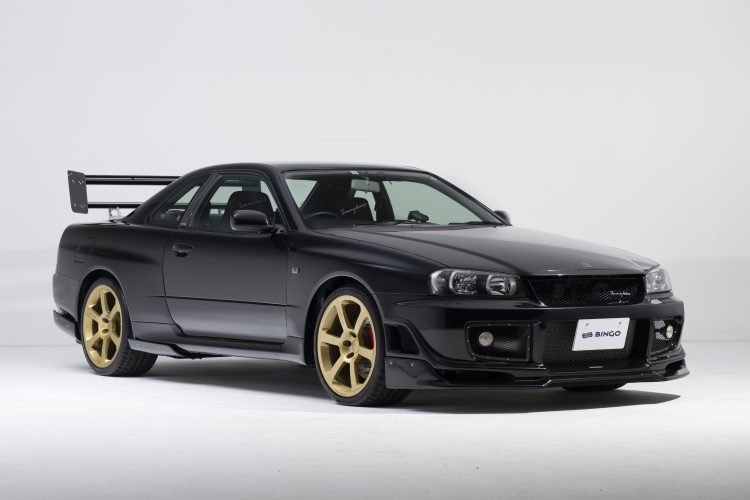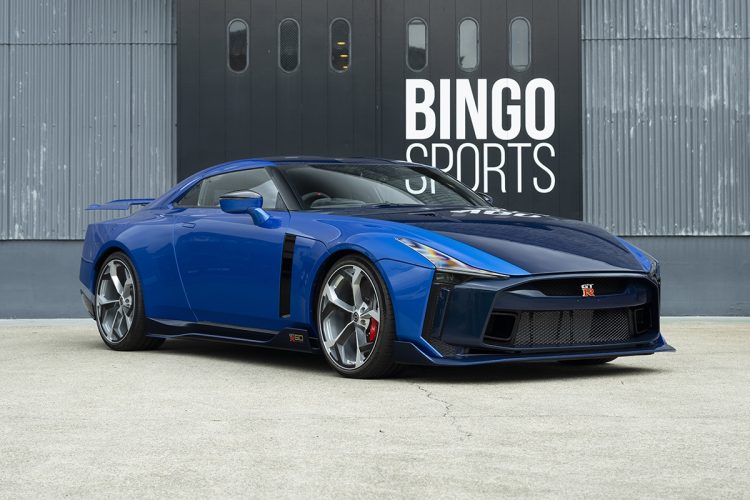1970 Lancia Fulvia Coupe 1600 HF
- Last purely Lancia-developed model
- Early 1600 HF Corsa Series 2
- Original paint
- V4 engine
- 4-wheel disc brakes
Lancia is well known for being involved in motorsport since the early days and the Fulvia is one of the cars that contributed to their rich history. The Fulvia Series II was the last model developed before the Fiat takeover.
The Fulvia had 3 versions, the Berlina, a 4-door sedan, the Coupe, and the Sport, which was designed by Zagato. The car was developed by Antonio Fessia who co-developed the Fiat 500, and was heavily inspired by the Flavia. The engine powering the Fulvia is a narrow-angle V4 that Lancia had been using since the 1920s. It also featured 4-wheel disc brakes, something rarely seen at the time.
The coupe was styled by Lancia’s own “Centro Stile” with Pietro Castagnero penning the design. Compared to the Berlina, the wheelbase was shortened from 2,500 mm to 2,330 mm and received a higher displacement engine, going from 1,091 cc to 1,216 cc. The aerodynamic body with a drag coefficient of 0.39 allowed it to reach a top speed of over 160 km/h, the highest in its class.
In 1969 the Fulvia underwent a number of changes, these later cars would become known as Series 2 cars. The front grille was changed, it received rear disc brakes made by Girling, and the doors as well as the aluminum bonnet were replaced with steel ones.
The 740 in the VIN corresponds to Series 2 1600 HF cars, this example does not have the “Lusso” (luxury) equipment, these variants are often simply known as “Corsa” (race). These early Series 2 1600 HF were designed to resemble the Fulvia rally cars known as “Fanalone”.
The HF 1600 has aluminum doors and bonnet like the Series 1 and plexiglass rear window and wider rear wheel arches like the Fanalone. The removal of the front bumper also makes it resemble the rally cars more. Inside there are bucket-shaped seats without headrests and triangular vent windows with their opening/closing feature removed. Approximately 400 of these Corsas were made, making it a rare model among the Fulvia range.
This example is painted in Rosso Corsa, a colour from MaxMeyer. While the name would lead one to assume it’s like the red of Ferrari, this is slightly more orange. The paint is original and because it is difficult to obtain this original paint, it would be difficult to replicate if resprayed. While there are some cracks in the paint, it is in overall good condition with no fading.
This example is largely original with a few customisations made, such as the grille and cylinder head cover painted to match the Fanalone rally cars.
The previous owner of this car was a collector and carefully stored it indoors, this is evident by the lack of UV damage on both the interior and exterior making this a great highly collectible example.
















































